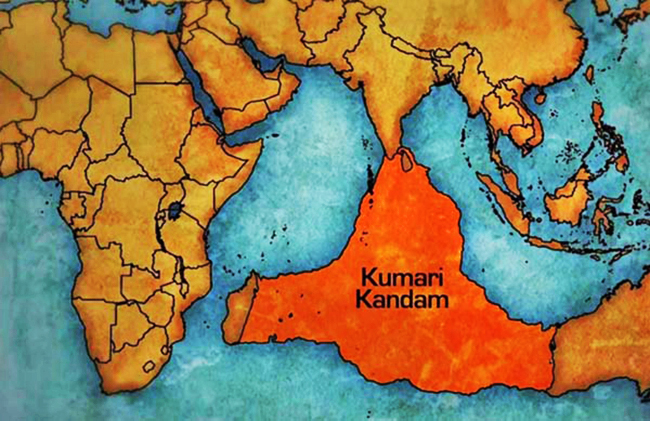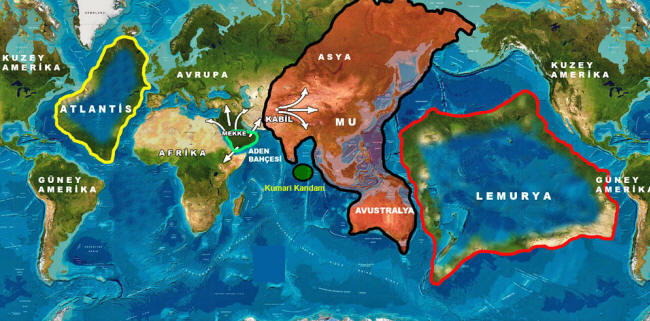|
by
Ḏḥwty from Ancient-Origins Website
Till this day, opinion is still divided as to whether this story should be understood literally or taken merely as a morality tale. Further east in the subcontinent of India is a similar tale, though it probably is less well known compared to that of Atlantis.
This is the
'lost
continent' of Lemuria, frequently connected to the legend of
Kumari
Kandam by speakers of the Tamil language.
Sclater's theory was accepted by the scientific community of that period as the explanation of the way lemurs could have migrated from Madagascar to India or vice versa in ancient times.
With the emergence of the modern concepts of continental drift and plate tectonics, however, Sclater's proposition of a submerged continent was no longer tenable.
Yet, the idea of a lost
continent refused to die, and some still believe that
Lemuria was an
actual continent that existed in the past.
According to the stories, there was a portion of land that was once ruled by the Pandiyan kings and was swallowed by the sea.
When narratives about Lemuria arrived in colonial India, the country was going through a period when folklore was beginning to permeate historic knowledge as facts.
As a result, Lemuria was
quickly 'equated' with Kumari Kandam... Bhagavata-Purana, 10th Skanda.
Image source
It has been claimed that the Pandiyan kings of Kumari Kandam were the rulers of the whole Indian continent, and that Tamil civilization is the oldest civilization in the world.
When Kumari Kandam was
submerged, its people spread across the world and founded various
civilizations, hence the claim that the lost continent was also the
cradle of human civilization.
According to researchers at India's National Institute of Oceanography, the sea level was lower by 100 m about 14,500 years ago and by 60 m about 10,000 years ago.
Hence, it is entirely possible that there was once a land bridge connecting the island of Sri Lanka to mainland India.
As the rate of global warming increased between 12,000 and 10,000 years ago, the rising sea levels resulted in periodic flooding. This would have submerged prehistoric settlements that were located around the low-lying coastal areas of India and Sri Lanka.
Stories of these
catastrophic events may have been transmitted orally from one
generation to another and finally written down as the story of
Kumari Kandam.
This strip of land was
once believed to be a natural formation, however, others argue that
images taken by a NASA satellite depict this land formation to be a
long broken bridge under the ocean's surface.
between
India and Sri Lanka
The Ramayana tells,
As with most so-called myths, it seems likely that there is at least some truth to the ancient Tamil legends of Kumari Kandam, but just how much, is yet to be determined...
|





